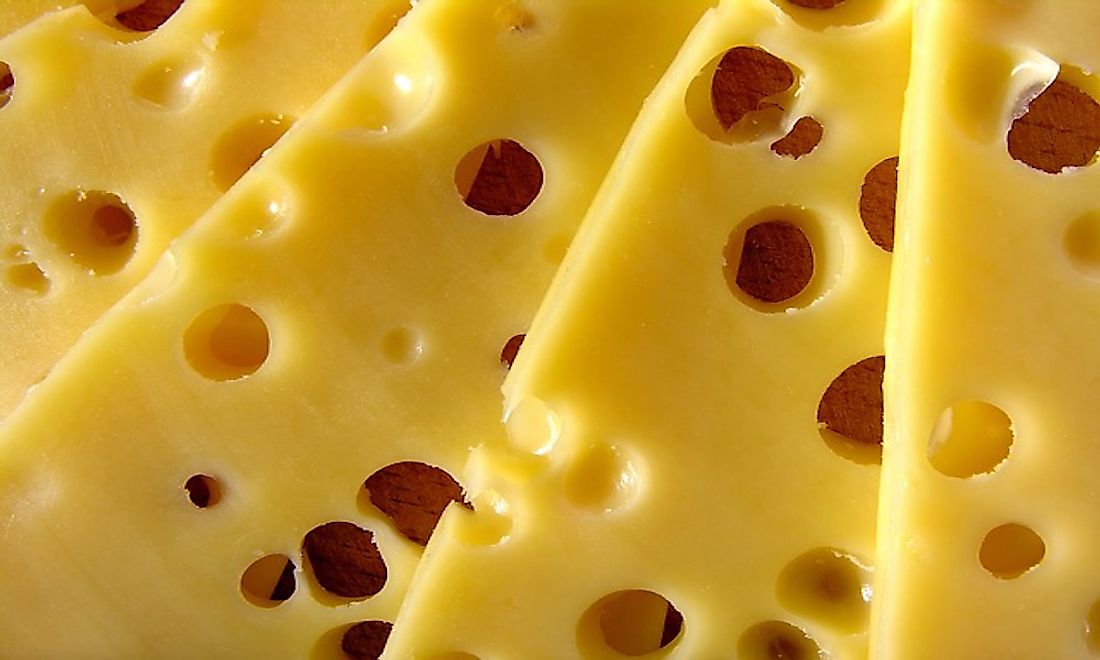Where, When, And How Did Cheese Originate?

Cheese is a derivative of milk produced in a wide array of textures and flavors which form through the condensation of milk protein called casein. Cheese is made up of fats and proteins from milk, especially from goats, cows, sheep, and buffalo. The manufacturing process of cheese involves the acidification of milk where the enzyme known as rennet is added to cause coagulation and eventually solidifies and are finally divided and compressed into the final product.
Earliest Origins Of Cheese
- In 1615 BCE in the Taklamakan Desert in Xinjiang, China the earliest form of preserved cheese was discovered. The Sumerian cuneiform is the earliest evidence of cheese, which dates back to the early second millennium BCE.
- In Egypt, evidence of cheese making was found in murals drawn on tombs around 2000 BCE. The earliest form of cheese to be discovered were salty and sour with a texture most similar to modern-day cottage or feta cheese. According to an Arabian legend, the discovery of cheese is attributed to an Arab trader who used to store his milk using the same method.
- Cheese-making goes back to 5,500 BCE in Kujawy, Poland where it was used as a preservation method. The production of cheese might have started salting and pressing of the curdled milk. The curdling of milk inside the stomach of an animal formed better-textured and solid curds resulting to an increase in the rennet enzyme.
Cheese In Ancient Greece And Rome
In ancient Greece, the invention of cheese is accredited to Aristaeus as per Greek mythology. During the Roman period, the art of cheese-making had already matured and was an accepted conventional food.
Cheese In Post-Roman Europe
In the late middle Ages, a majority of the cheeses were already recorded with parmesan emerging in 1597, cheddar around 1500 CE, gouda in 1697, and camembert in 1791. In Europe, the natives created their products and traditions when the Romanized societies realized other different ways of cheese-making from their different neighbors which led to its diversification. Following the collapse of the long-distance trade, uncommon cheese were only encountered by the travelers. At present, Britain has about 40 types of cheese identified by the British Cheese Board, 15 of which are protected. The board is entitled to approximately 700 different cheese products, Italy has 46, protected cheese, Spain has 26, and France has about 50.
Modern Cheese
In oriental cultures and the pre-Columbian America's cheese was not recognized until its modern period when its use was widespreaad. In the sub-Mediterranean Africa, cheese had limited use. The product became familiar throughout the world due to the dissemination of the Euro-American and European Imperialism culture. In 1815, Switzerland opened the first factory for the industrial production of cheese, but the large scale production became successful in the US. In 1851, Jesse Williams a dairy farmer from Rome in New York started producing cheese using milk from farms near him resulting in mass production. Through the advancement of science, the traditional methods of cheese making have been replaced by more modern ones that play a significant role in the mass production of the product.











